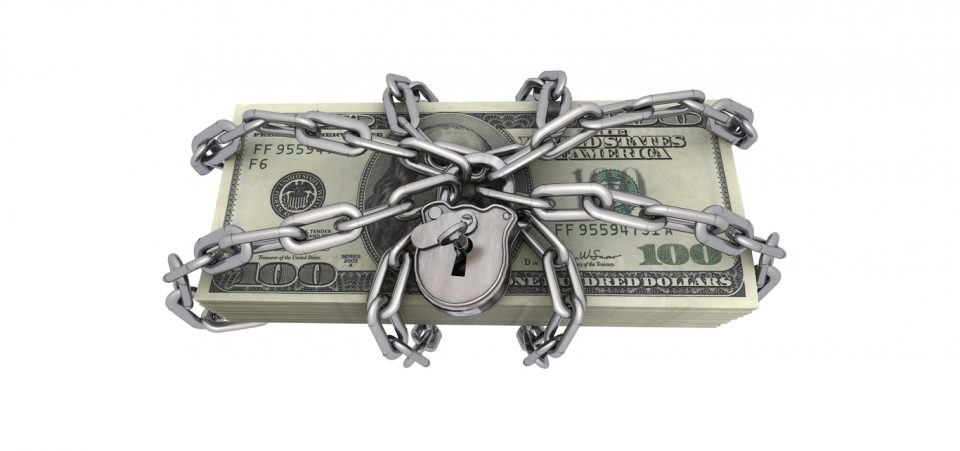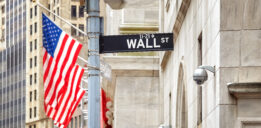Consumer Confidence Report
The U.S. Conference Board has issued its latest monthly Consumer Confidence Report. It appears to confirm some of what President Donald Trump expressed in his State of the Union address before Congress: that American consumer confidence is on the rise. It follows that Americans’ sentiment about the economy and the future are also improving. Surveyors used a sample of 5,000 American families to compile the data for the Conference Board consumer confidence report.
U.S. Consumer Confidence
The Conference Board said that consumer confidence stood at 125.4 points, compared to 123.1 points in December. If you don’t know what the numbers mean, just know that they were better than expected. In fact, they were the highest since 2012. But, for the record, they weren’t exceptional. The index reached a 2017 peak in November, when it hit 129.5, the highest since November of 2000. (Source: “Consumer confidence jumps as Americans expect 2017 momentum to continue,” CNBC, January 30, 2018.)
Those who have a good memory for current events may not appreciate the coincidence. In November 2000, the stock market was continuing to fall after the dot-com stock market bubble burst in June of that year. Therefore, as you take in the numbers and the optimism they are supposed to reveal, it’s important to realize that historically, there’s no correlation between high consumer confidence and a bullish stock market. Moreover, it’s no coincidence that consumers’ confidence—or their willingness to buy more products and services—has risen in conjunction with the passing of Trump’s ambitious tax plan.
U.S. Consumer Spending Report
Some companies announced bonuses just before the Christmas break, which would explain why, of all the indices, the one closest to measuring consumer sentiment has shown the most favorable results. Nevertheless, Americans will necessarily have to feel more buoyant about the economy because the consumer price index has also increased.
This is less of a good thing. It implies that Americans are paying more for rental accommodation and healthcare. The price index excludes such crucial costs as energy and food, because it considers these items “too volatile.” The rising price index also implies that inflation is increasing. This could prompt the Federal Reserve to intervene faster than it wanted to raise interest rates to hedge against inflation and to stop the U.S. dollar from sliding. (Source: “U.S. core consumer prices post biggest gain in 11 months,” Reuters, January 12, 2018.)
In other words, the positive consumer confidence and higher inflation warnings could clash. A lower dollar means that Americans will be less able to afford to buy the consumer goods that help distract them from thinking too much about the bigger issues, such as politics or economics. Cheap consumer goods are an important instrument for fostering social cohesion.
Americans have clearly had enough of the great recession that the financial crisis of 2008 triggered. They deserve and want to feel good about the future. Often, the simple act of buying something—a spur of the moment purchase, such as a new car or appliance—are ways through which consumers both express and enjoy confidence in the future. No wonder Americans are starting to worry less about saving. (Source: “U.S. consumer spending rises; savings drop to 10-year low,” Reuters, January 29, 2018.)
Is This a Stock Market Bubble?
Before jumping into triumphalist conclusions, such as those we heard President Trump put forth during the State of the Union address, consider what the improving consumer sentiment means. While many want to spend with relative abandon again (after all, what’s the point of making money?) instead of saving or paying down debts, those who want to put their money to work have to face a dilemma.
Is the economy really improving? How long will the bull market last? Should I invest in bitcoins or gold? In fact, there are many possible answers to most of these questions. The jury is still out on where the economy is headed. The tax cuts are supposed to help it grow. The big companies are expected to repatriate billions in holdings they currently keep abroad for fiscal advantages.
But what guarantees are there that these same big companies, such as Apple Inc. (NASDAQ:AAPL), will choose to invest in new facilities and employing more people rather than buying back stock?
It’s no surprise that Bitcoin and other cryptocurrencies went mainstream so suddenly in 2017. People want to invest, but as appealing as the rising indices on Wall Street have been, from the Dow Jones to the Nasdaq, there are doubts. The stock market is overpriced. In fact, the cyclically adjusted price/earnings multiple (CAPE) that Nobel Prize-winning economist Robert Shiller devised to measure the health of financial markets beyond the hype is telling investors to slow down. (Source: “US stock market enters CAPE Fear territory,” The Financial Times, January 10, 2018.)
Meanwhile, that promise of a new alternative financial tool, which at first appealed to those demanding the utmost privacy, has gone mainstream. Bitcoins have exploded on the market scene, spawning an entirely new financial sector.
Cryptocurrencies are out in the open, and many thought they could become the new gold through which to back a reserve currency. Considering that Bitcoin has proven its valuation to be too volatile (on February 1, Bitcoin posted a single-day loss of some 10%), that too will need some recalculation.
Uncertainty is emerging as the real financial and economic theme of 2018. It’s time to reconsider gold and silver, still the beacons of safety when you need a guide away from a brewing storm.






